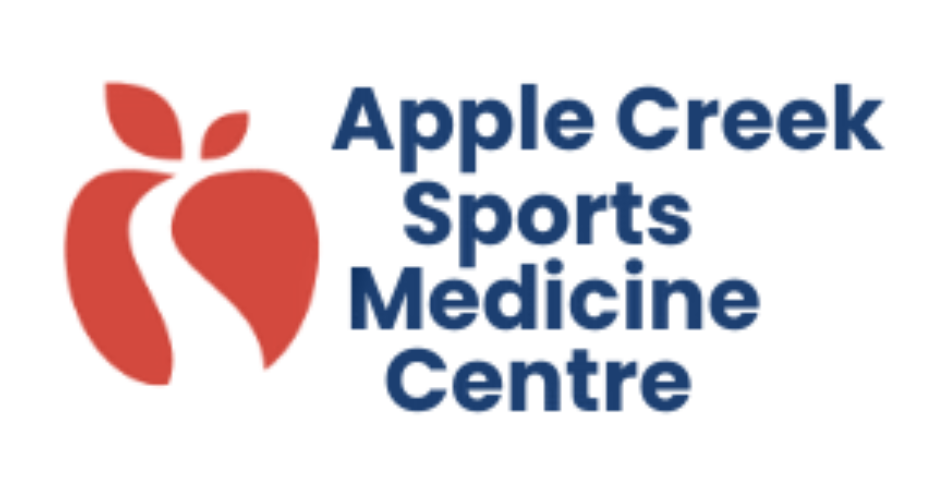When working with a physiotherapist, there are many factors that will help a patient in accelerating recovery. The type of injury or condition, the skill of the therapist, and the amount of time and effort put into rehabilitation exercises, are a few of the key factors. By far, however, the most important factor is communication. Throughout my years as a therapist I have found this to be extremely accurate, and the evidence backs it up. When patients and therapists are able to communicate openly and effectively, results are better and come about more quickly.
How is it important?
Of course, there are many factors to communication and many ways that communication can affect the outcomes of a single treatment session, or the entire course of treatment. Communication is a 2 way street, and requires all parties to be involved and comfortable. From the initial interactions between the therapist and patient, it is important to develop a rapport. The therapist must be able to make the patient comfortable and allow them to express their concerns about their situation. Therapists need to encourage the patient to expand on the kind, location, and intensity of the pain, how their individual situation is affecting them, and what the expectations are from treatment. The therapist must actively listen and engage with the patient, using effective questioning to help the patient expand on/or pinpoint the problem, in order to truly understand what is happening and how it is affecting them personally. This will allow the therapist to gain more insight and to diagnose the situation more effectively. This open communication also sets up a framework for empowering the patient so that they are comfortable enough to openly express how they are feeling throughout their treatment course.
How it can help patients
Upon completion of the Initial Assessment, it is imperative that the therapist takes the time to explain the findings of the assessment to the patient. The therapist must discuss the diagnosis, what it means, its impact, and how s/he plans on addressing the situation. In many disciplines, practitioners give a patient a 1 or 2 word, sometimes “scary” or ominous sounding diagnosis, often steeped in medical jargon, which the patient may not understand. This is often followed with a treatment prescription, with no input as to why or how it may help. I believe, as do most of my colleagues at Apple Creek, that by taking the time to explain to the patient what has been diagnosed, why it has been diagnosed, how it has occurred and how we plan to address it, that the patient is again empowered and understands their role in the rehabilitation process, and why it is imperative for them to fulfill their role to achieve greater success.
With a thorough understanding of what is going wrong, why it has occurred, and a plan developed in concert with the therapist, the patient is handed more tools to help them achieve success. Hopefully they have enhanced confidence in their therapist and feel as though they are working together to improve. As therapy goes on, this will help the patient feel comfortable to discuss interventions that are working well and those that may not be working as well. Patients will understand why it is important to do their exercises and have a better understanding of how to do them correctly. Hopefully patients won’t feel ashamed or embarrassed to admit any confusion or forgetfulness of exercises. With good open communication, the therapist and patient can adapt the program to suit the needs of the patient at any time, and both parties can understand how these changes may affect outcomes (be it positively or negatively).
I have worked diligently over my career to develop my communication skills with my patients. I strive to work as a team with every individual and educate them in ways that they can understand, using non-medical jargon. Over time, I have formulated many ways to explain conditions or biomechanics that are meaningful to the individual, and I attempt to foster strong relationships with my patients. By doing so, have been rewarded with many great success stories and the development of incredible patient-therapist relationships over the years.
I look forward to being able to communicate to you what may be occurring in your situation and helping you succeed in achieving optimal function once again.
Sincerely,
Jordan Katz HBa(Kine), MScPT
Registered Physiotherapist


